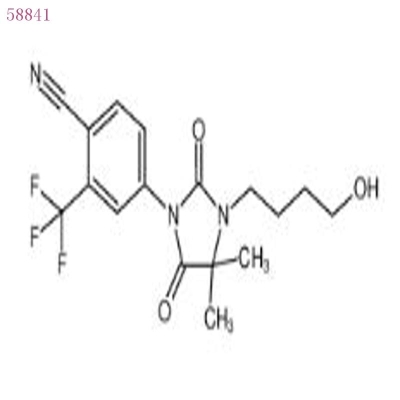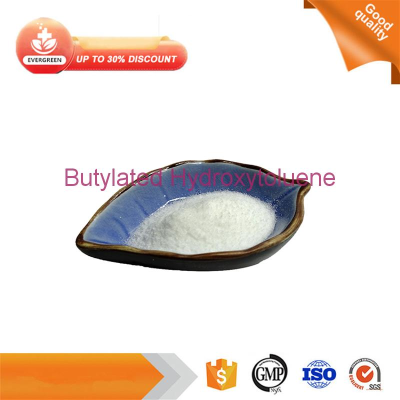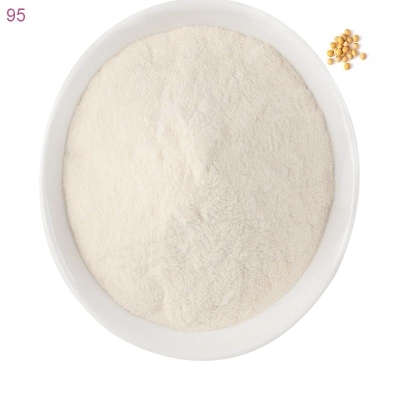-
Categories
-
Pharmaceutical Intermediates
-
Active Pharmaceutical Ingredients
-
Food Additives
- Industrial Coatings
- Agrochemicals
- Dyes and Pigments
- Surfactant
- Flavors and Fragrances
- Chemical Reagents
- Catalyst and Auxiliary
- Natural Products
- Inorganic Chemistry
-
Organic Chemistry
-
Biochemical Engineering
- Analytical Chemistry
- Cosmetic Ingredient
-
Pharmaceutical Intermediates
Promotion
ECHEMI Mall
Wholesale
Weekly Price
Exhibition
News
-
Trade Service
Recently, the team of Professor Wu Cai'e of the School of Light Industry and Food of Nanjing Forestry University published a research paper
entitled "Metal-induced color change in blackberry wine" in LWT-Food Science and Technology (IF=6.
03), a TOP journal in the field of agriculture and forestry science.
PhD student Wu Gang is the first author, Professor Wu Cai'e is the first corresponding author of this paper, Nanjing Forestry University is the first completion, and Jiangsu Academy of Agricultural Sciences is the second completion
.
Blackberries are attracting more and more attention due to their rich in polyphenolic compounds such as anthocyanins and high health care functions, and the research and development of blackberry wine is becoming more and more extensive
.
The rich color of blackberry wine is mainly derived from the rich anthocyanin substances in berries, which are also one of the sources of
antioxidant activity of blackberry wine.
During the brewing and fermentation of blackberry wine, hydroxyl radicals generated by the Fenton reaction will promote the formation of a polymeric structure between metal ions and anthocyanins, resulting in the precipitation
of blackberry wine.
In this paper, the effect of metal ions on the color of blackberry wine was studied.
The mechanism of color change caused by iron ions in cornflower-3-O-glucoside (C3G) solution was resolved.
The maximum concentration ratio of iron ions chelated with fizin-3-O-glucoside (D3G) was evaluated, and the intermolecular forces of iron ions chelating D3G were analyzed
.
The results showed that iron ions could lead to degradation and oxidation of cornflower-3-O-glucoside (C3G), a color-bearing compound in blackberry wine
.
Moreover, iron ions can catalyze the conversion of cornflower-3-O-glucoside (C3G) into femyandrosin-3-O-glucoside (D3G)
in blackberry wine.
When the molar ratio of iron ions to D3G is 4:1, a darker blue tone
can be obtained.
When iron ions are chelated with D3G, the intermolecular forces are mainly hydrophobic forces
.
In this project
, the mechanism of discoloration of blackberry cider caused by iron ions was studied.
It not only provides a theoretical basis for improving the quality of fruit wine, but also provides a reference
for the development of natural blue pigment.
Project Funding:
This research work was supported by the National Natural Science Foundation of China (31801531) and the Key Research and Development Program of Jiangsu Province (BE2020380
).
About the corresponding author
Wu Cai'e, female, member of the Communist Party of China, doctor, professor, doctoral supervisor
.
He is currently the leader of the first-level discipline of food science and engineering and the second-level discipline of fermentation engineering of the College of Light Industry and Food of Nanjing Forestry University, the person in charge of the national first-class major (construction point) of food science and engineering, the person in charge of the national first-class course of "Food Storage and Preservation", and the leader of
the Lint product storage and processing team.
He is also the deputy director of the Forest Food Science and Technology Professional Committee of the Chinese Forestry Society, the standing director of the Processing and Utilization Branch of the China Economic Forestry Association, and the standing director of the Jiangsu Food Science and Technology Society; Expert in the evaluation of national science and technology awards, national science and technology projects and various provincial projects; Expert in food safety standard review in Jiangsu Province
.
He is engaged in the research of intensive processing of edible resources in agriculture and forestry, postharvest physiology, storage and preservation of forest fruit food, mining and safety control of functional nutrients from forest sources, analysis and separation of bioactive substances, functional activity and other aspects
.
He has presided over and participated in more than 20 scientific research projects such as national key R&D projects and National Natural Science Foundation projects, and was approved as the project leader
of the national key R&D plan "Research and Application of Key Technologies for Efficient Enrichment and High-value Processing of Fruit Pigments and Polysaccharides in Characteristic Economic Forests" in 2019.
He has won 3 provincial science and technology progress awards and 2 Liang Xi forestry science and technology awards
.
He has published 13 textbooks and books, authorized 20 national invention patents, and published more than 200 papers in academic journals at home and abroad, including more than 80 high-quality SCI papers
.
First author bio
Wu Gang is a 2018 doctoral candidate at the School of Light Industry and Food Science, Nanjing Forestry University, with a research focus on modern fermentation technology
.
The research topic is "Research on the analysis of precipitation components and polymerization mechanism of blackberry wine"
.
As the first author, he published 3 SCI papers in LWT-Food Science and Technology
.







